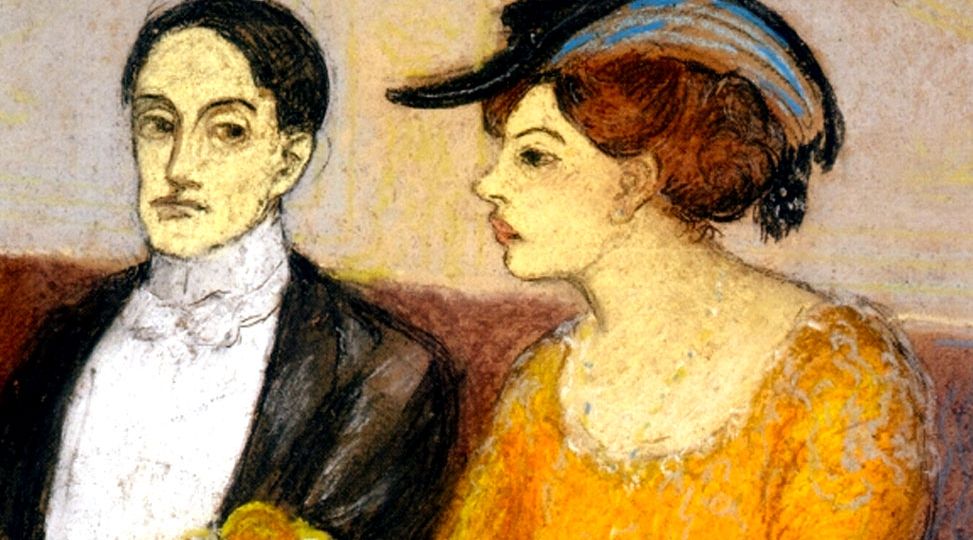
Out of Our Depth: Editors’ Corner
Feeling Unconscious
, January 22, 2019
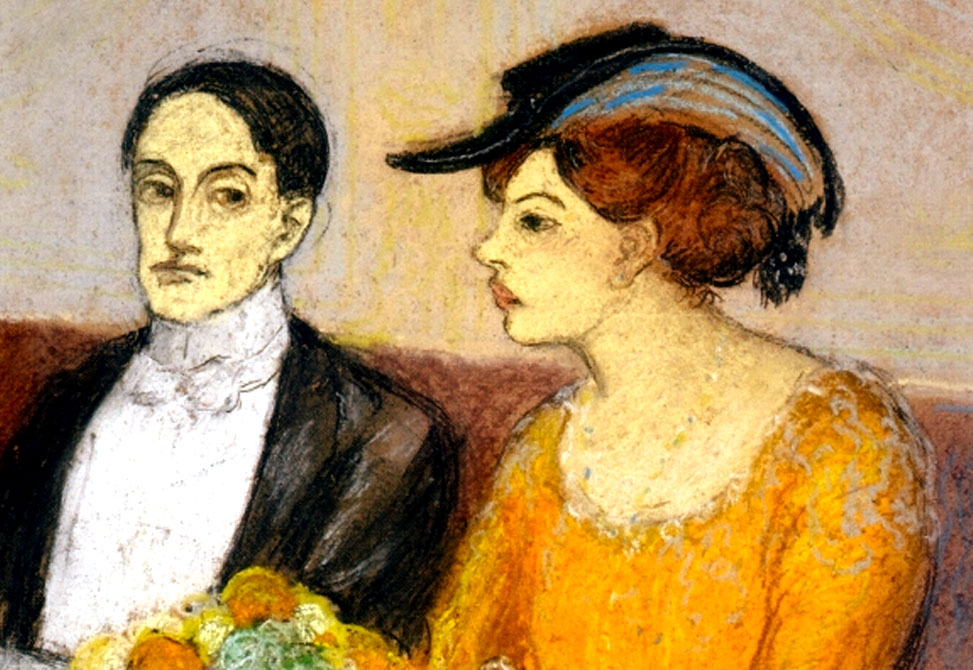
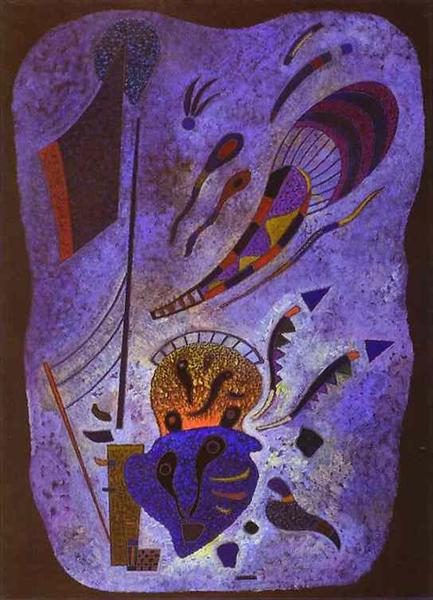
Around 2001, I began collaborating with a partner on a major project. I put virtually all other professional and personal activities aside in order to focus on this work; I felt it was that important. After about three years, the work was around 90% complete, needing only the final polishing, but my relationship with my partner had hit a serious snag. We disagreed on one important detail, and there was no work-around and no middle ground; it had to be either her way or mine. We both dug in our heels, and we could not proceed on other aspects of the project because we weren’t even able to talk about them. Over the course of the following months, I made several attempts to resolve the impasse. I laid out the indisputable logic of my position but got no response. I enumerated the basic facts of the situation, but her facts were very different, and there was no way to verify either set. To me, we obviously needed to have a live conversation by phone as opposed to emails. If we could only make that real-time connection, then surely we’d sort things out. But my efforts were met with silence. After putting so much work into the project, I couldn’t just give up on it, but my repeated email attempts, each laying out a more nuanced logical argument, elicited no response. Then one night I had a vivid dream:
The setting was an old European castle. A woman and girl, mother and daughter, were several meters ahead of me, and I was trying to talk with them—to tell them that I wanted to be their friend. But both kept fleeing from me, running down through ever-lower levels of the castle—including a dungeon and a 19th century laboratory. At some point, as we went deeper underground, I began experiencing the scene from their perspective. I felt their terror at being chased by this scary, intimidating man! It overrode everything, leaving absolutely no room for anything else.
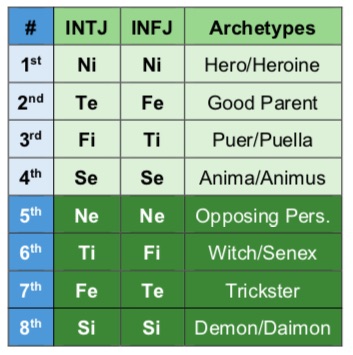
By pushing an extraverted thinking conversation, I had unintentionally created an uneven playing field. I doubt that my partner understood this intellectually any more clearly than I did. But her extraverted feeling (Fe) parent read the emotional energies of the situation as those of a conflict—of threat—and her introverted feeling’s (Fi) assessment chose flight, or perhaps freeze, as a better defensive strategy than fight. She could not compete with me in the Te mode that I (and our culture) insisted upon, so my well-meant out-reaching felt like attacks to her, and my peace offering of objective discussion was like a Viking’s looming battle-axe. Rather than take part in a Te confrontation that she couldn’t win, she had changed the rules. By retreating to a place that felt safer to her, she had initiated an introverted feeling battle of attrition.
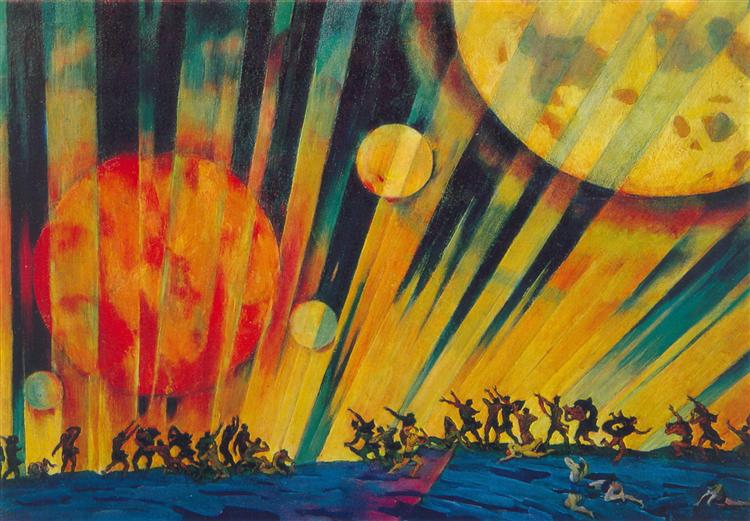
The experience taught me lessons that went far beyond the specific situation that triggered it. It was clearly a significant step for me in differentiating my Feeling function. I was suddenly considerably more sensitive to emotional undertones, both others’ and my own. I still tend to set those emotional cues aside lest they interfere with my objective analysis, but now I’m aware of the shortcomings of such a pure-Te approach, and I routinely remind myself to consider the emotional feel of an issue. When I do, I’m much more able to discern those energies. The dream also served as a vivid reminder of the difference between understanding from a conscious ego perspective and actually experiencing our unconscious function-attitudes on their own terms and with all their archetypal baggage. I became a little more humble and better at putting myself into the mindsets of other types. Within limits that vary from type to type, I’m able to empathize more than ever before. The experience gave me a lasting appreciation for the incredible wisdom that we all carry unconsciously and for the amazing power that can be tapped if we simply pay attention.
Images
Kandinsky, W. (1943). Twilight. Retrieved from wikiart.org
Picasso, P. (1903). Angel Fernandez de Soto and his friend. Retrieved from wikiart.org
Youn, K. (1921). New planet. Retrieved from wikiart.org



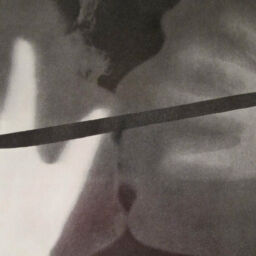
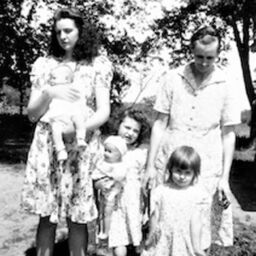
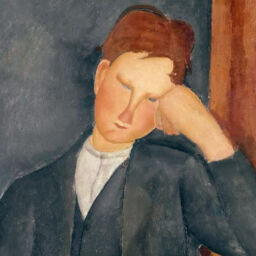

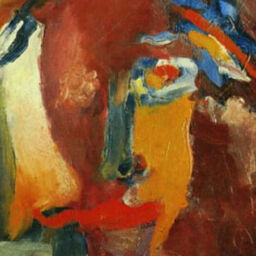
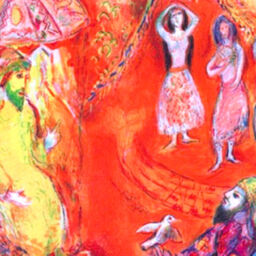
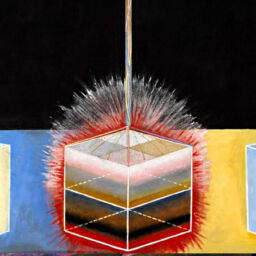

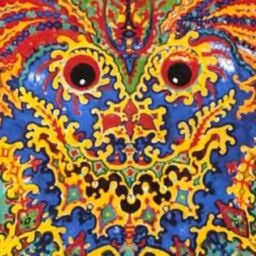
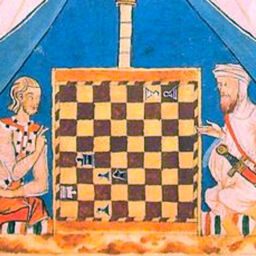
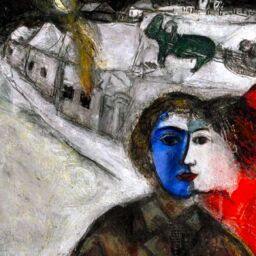
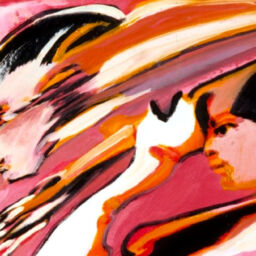

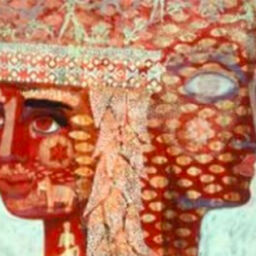

Love it! Very good way to explain what empathizing with another really feels like. Sure, we can figure out what’s going on with them and perhaps even sympathize with our interpretation of their situation or perceived emotional state, but to viscerally feel another’s feelings is something else entirely.
This is such a great example of how dreams can complement the conscious standpoint.